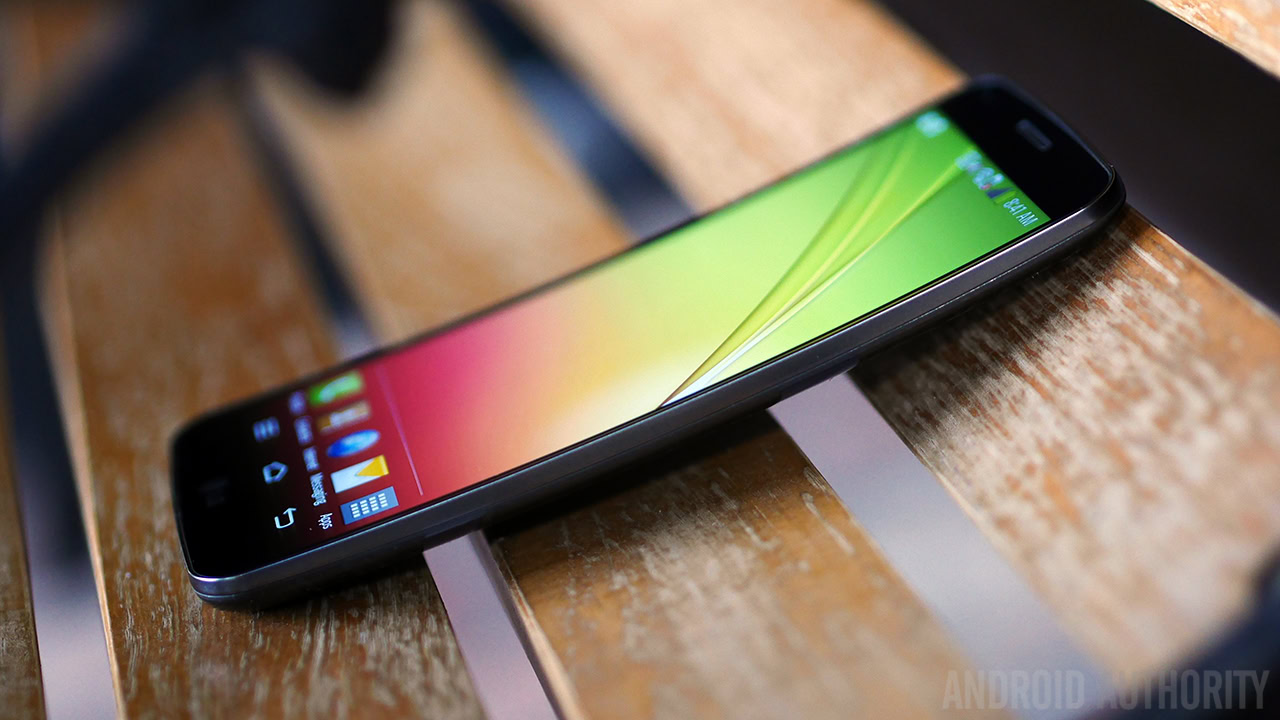n the beginning…
LG has been around for quite some time. The company was founded in 1958 with the name “GoldStar”. It was created after the Korean War, and its main purpose was to push the country forward with domestically-made electronics. They were the first company to make Korean radios, TVs, refrigerators, washing machines and air conditioners.

How the name came to be
GoldStar had another entity named “Lak-Hui Chemical”. This part of the company was then merged with GoldStar in 1995, making the conjoint company Lucky-GoldStar, which was then shortened to LG.
Slogans
While LG is currently mostly known for its “Life’s Good” slogan, that is not the only catchphrase stuck to their name. They have also used “Future’s Technology” from 1997 to 1999, in addition to “Digitally Yours” from 1999 to 2004.


The first capacitive touchscreen on a phone
Remember the days when touchscreens were resistive? This means they responded to pressure, making them highly inaccurate and non-responsive. The first smartphone to make things better and feature a capacitive touchscreen was the LG Prada, otherwise known as the LG KE850.
This phone had a 3-inch 240×400 display, 8 GB of internal storage, 2G data speeds, a 3-hours talk time battery life and ran Flash UI. Over 1 million units were sold in the first 18 months.

TVs galore
You can’t talk about good TVs without at least mentioning LG. They do an amazing job, and the numbers surely prove their success. According to Statista, LG was the second most popular TV manufacturer as of 2015, with a 12.4% market share. They were only beaten by their fellow Koreans at Samsung, with a market share of 20.98%.

Environmental friendliness
Electronics companies usually aren’t too friendly with nature, but they should at least try. All things considered, LG is pretty high up on Greenpeace’s ‘Guide to Greener Electronics‘. They currently hold the 12th spot with a 3.5/10 score. You can read all the information straight from Greenpeace’s report.

One of the first to use curved screens
Samsung was the first to release a phone with a curved screen (Samsung Galaxy Round), but some would argue that their attempt doesn’t really count, as the Round’s curvature doesn’t serve much of a purpose.
On the other hand, the LG G Flex was released only about a month later. Though its flexible, curved screen was there mostly for looks, there was a cool party trick LG introduced – the phone could be bent to a certain extent. Place the LG G Flex face-down on a flat surface and press it down to see the magic.
It is true this seems more like a gimmick, but it also shows the LG G Flex was a bit more resistant to abuse. Stiffer materials break, while flexible ones simply bend. Another benefit is that it is argued to fit more snug in users’ faces when making calls.

The first mainstream modular phones
Let’s fast-forward a little and talk about a more current smartphone – the LG G5. It is officially not the first modular phone (the Fairphone 2 beat it to that title), but it happens to be the first mainstream, high-end handset to implement such a design.
The LG G5 has a removable battery and supports microSD. In and of itself, that isn’t really a huge accomplishment, but they do offer optional modules that improve the experience. LG calls these modules “Friends“; they can improve the camera experience, the sound and more.

Wrapping up
Interesting stuff, right? Do you know any other interesting facts about LG? Which of these surprised you the most. Hit the comments to share your 2 cents!






Post a Comment